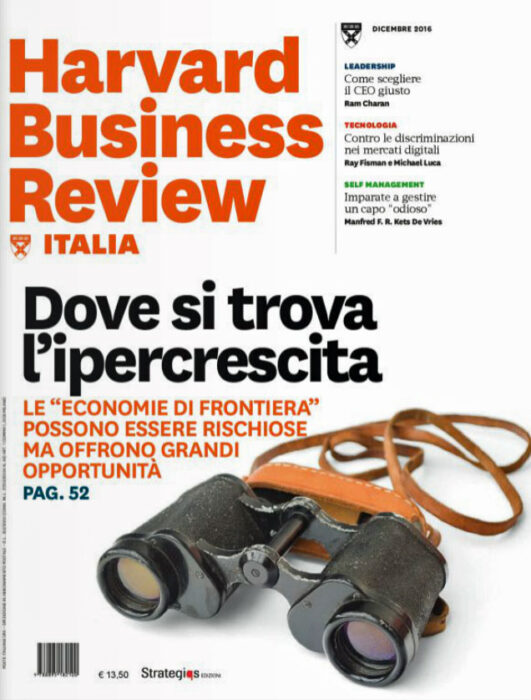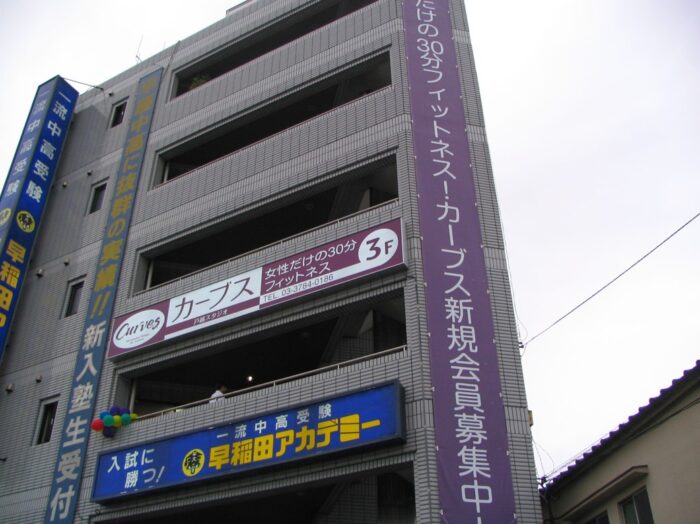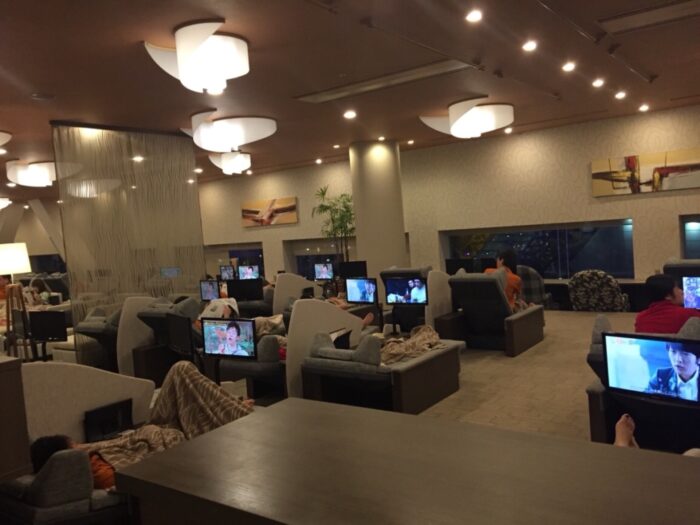ハーバード・ビジネス・レビュー・イタリア 17年12月号
ハーバード・ビジネス・レビューのイタリア版に「100歳以上の人の社会における組織」と題した特集が組まれ、私へのインタビュー記事が掲載されました。
イタリアの高齢化率は日本同様、世界でもトップクラスです。しかし、そのイタリアは高齢社会への対応、とりわけシニアビジネス分野では大きく遅れているようです。欧州の先進国でも高齢化対策については日本に学ぶことが多いという内容です。
原文は当然イタリア語ですが、編集者に頼んで英語の翻訳を用意していただきましたので、以下にそれを掲載します。
Title: The organization in a centenarian society
Japan, where aging has been a topic of discussion and research since many years, can provide insights useful in understanding the future that awaits us. By Odile Robotti
Abtract of the article
We are not fully prepared to longer, centenarian lives. These will be characterized by many transitions from one life-stage to another as stages will increase and no longer come in the sequence we are used to (e.g. people will go through education more times than now). Portfolio-careers (mixed careers with several full-time and part-time jobs, working for others and for oneself) will become common. Society and organizations need to change to make the most of this. A few examples of what organizations can do:
- Don’t subscribe to the demagogic view that jobs for young people and seniors are in trade-off (fixed lump of labor fallacy)
- Don’t believe negative myths about seniors (e.g. that they don’t want to learn new things)
- Don’t over-estimate the weaknesses of seniors and recognize their strong points.
Two interviews to two top Japanese experts provide insights on aging, smart-aging, opportunities that help organizations think about aging of people and society correctly and positively, which is the first logical step to take.
Japanese lesson No.1:The smart ageing is an opportunity for everybody.
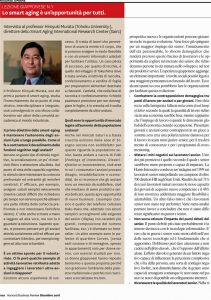
Interview with Professor Hiroyuki Murata (Tohoku University), Director of Smart Aging International Research Center (SAIRC)
Professor Hiroyuki Murata, one of the first to talk about smart-aging, studies aging from a holistic, interdisciplinary and integrated point of view. He manages to do so because he engages in a collaborative effort various stakeholders in the academic and business community.
Question: The primary goal of smart-aging is to keep seniors autonomous as long as possible. How can we counter cognitive function decay?
Professor Murata: The right type of cognitive stimulus, socializing activities, some physical exercise and the right diet are all beneficial. From the cognitive point of view, the stimulus must interest the prefrontal cortex of both hemispheres, like when we perform simple and quick calculations (on the other hand, difficult and slow calculations are less useful because they activate smaller part of the cortex and don’t interest the right hemisphere).
Hand writing is also useful as is reading out, but television won’t work. Knowing all this, it is possible to think of activities for the elderly that are socially useful and also effective in countering cognitive decline, for example reading out loud to children.
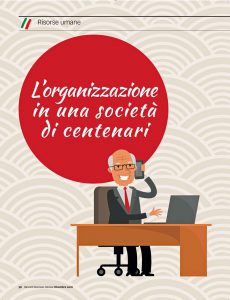
Question: This is a good idea for volunteering initiatives, but can you provide an example of work opportunities involving ultra-seniors in Japan?
Professor Murata: There are some successful experiences. The type of work that is recommended allows the use of both mind and body, is flexible and is supported by specifically adapted computers.
A successful pilot, even if on a small scale, is in the village of Tokushima where the activities of harvesting, packaging and sales of edible leaves for restaurants is conducted by ultra-seniors. Both harvesting and packaging require patience and precision because the leaves must be preserved intact and ultra-seniors are very good at it.
Question: What are the market opportunities that aging brings to our society?
Professor Murata: Even in saturated markets characterized by low growth, unexploited need areas for seniors can be found if you look for FUDI (Feelings of Uneasiness, Dissatisfaction or Inconvenience, in other words areas in which consumers feel uneasy, unsatisfied by the current offer or inconvenient in using it).
If you recognize that elderly people are a market that needs to be satisfied, i.e. that they deserve products and services designed for them, this opens new business opportunities. The classic example is the Raku-Raku mobile phone: an adapted version of the regular type that better caters to the needs of seniors (display using larger fonts, assisted dialing, etc.) which has become a best-seller.
Another example are the neighborhood gymnasiums Curves, (which use no frills, simple, low cost premises, often apartments) only for senior women, with exercises conceived specifically for them. Japanese women have received this formula very well because they did not enjoy the regular gym situation and because they like to socialize with people who are similar.
Harvard Business Review Italy

